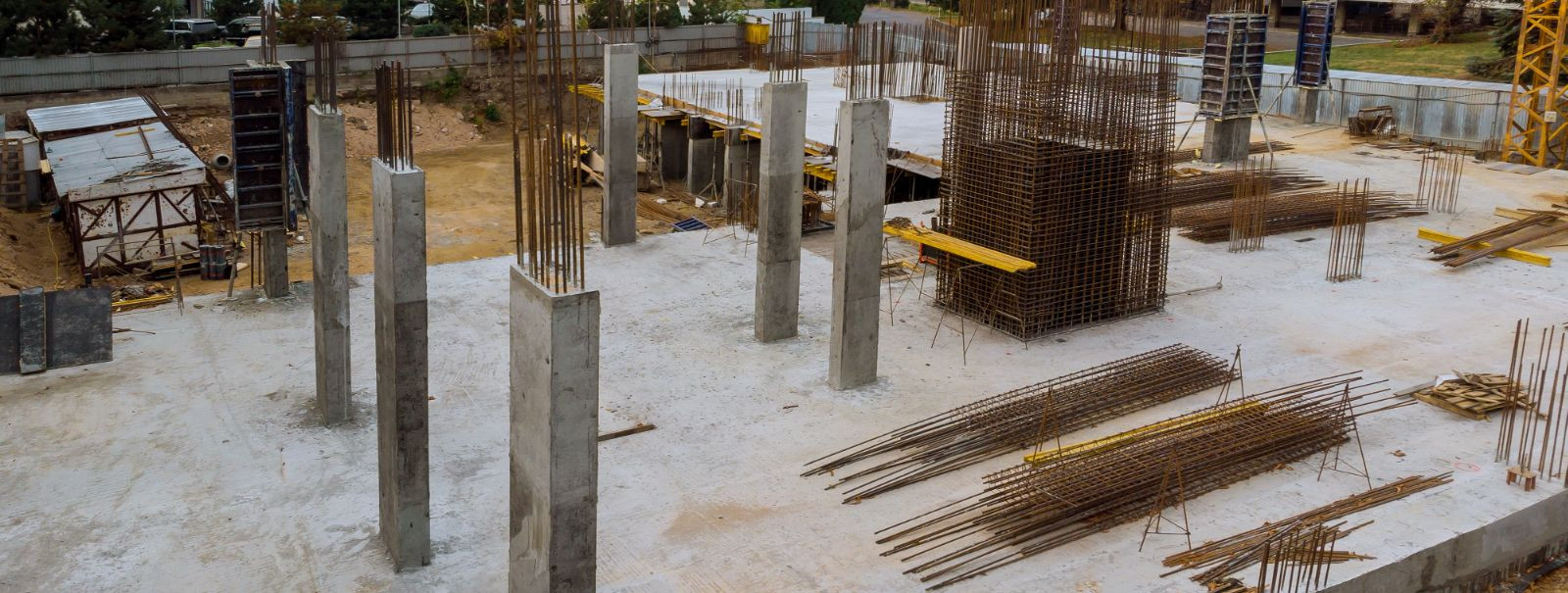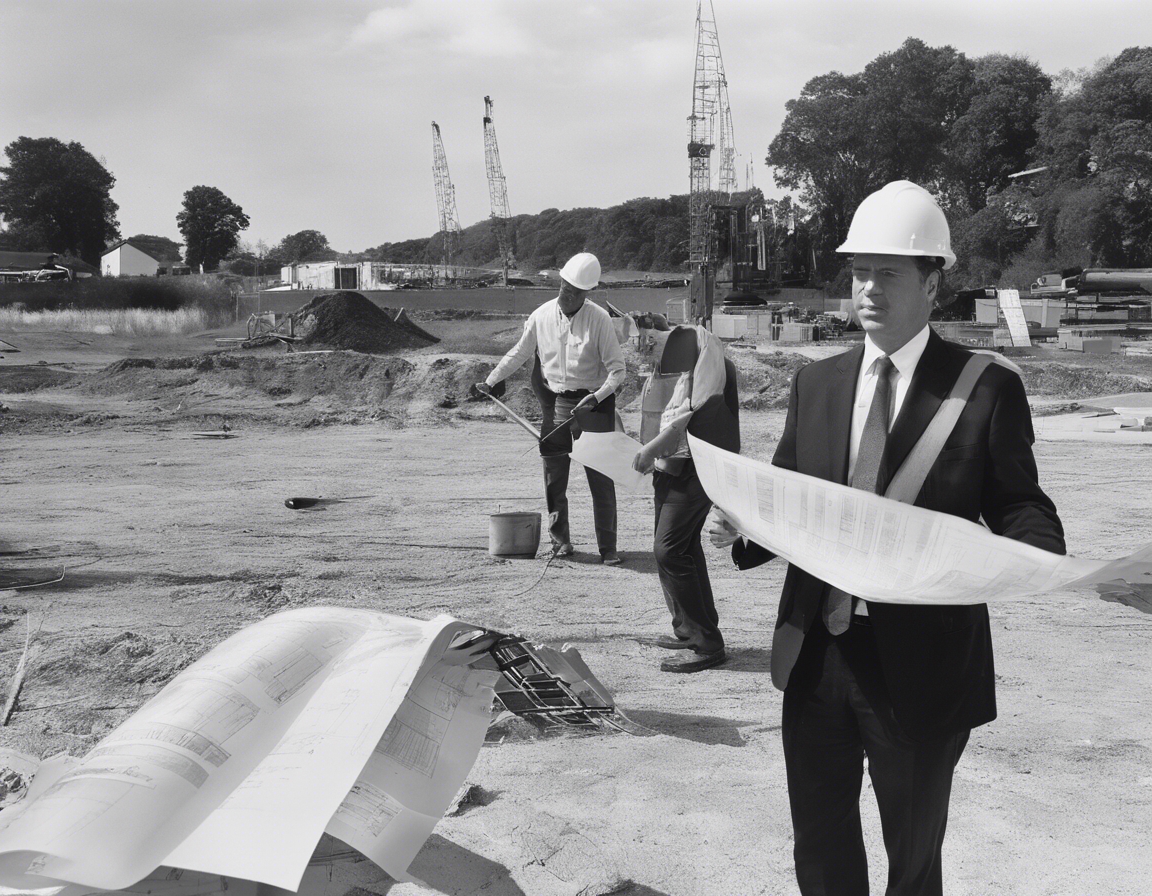The art of building sustainable fish ladders
Fish migration is a critical natural process for the reproduction and survival of many fish species. Migratory fish travel to their spawning grounds to reproduce, often facing obstacles such as dams, weirs, and culverts. These barriers can disrupt the natural flow of rivers and streams, posing a significant threat to the biodiversity and health of aquatic ecosystems.
Fish ladders, also known as fishways or fish passes, provide a solution to this problem. They are structures that allow fish to bypass barriers and continue their journey upstream. The design of fish ladders is crucial as it must cater to the swimming and leaping abilities of different fish species while ensuring their safe passage.
The Principles of Sustainable Fish Ladder Design
Creating a sustainable fish ladder involves understanding and integrating into the local ecosystem. It requires a balance between engineering and ecological science to ensure that the structure supports the natural behaviors and life cycles of fish populations.
The choice of materials is vital for the sustainability of fish ladders. Durable materials that can withstand harsh environmental conditions and resist corrosion will ensure the longevity of the structure. Additionally, sourcing materials locally can reduce the carbon footprint of the construction process.
Modern fish ladders can benefit from the integration of renewable energy sources, such as solar or hydro-powered systems, to minimize their environmental impact and operational costs. This approach aligns with the growing trend of eco-friendly construction practices.
Planning and Construction of Fish Ladders
Before construction begins, a thorough site assessment is necessary to determine the most effective location and design for the fish ladder. This includes analyzing water flow, identifying potential obstacles, and understanding the migration patterns of local fish species.
The design of a fish ladder must take into account the specific needs of the fish species it aims to serve. This involves considering the size, swimming ability, and behavior of the fish, as well as the timing of their migration cycles.
Employing the right construction techniques is essential for building a fish ladder that is both effective and sustainable. This includes using non-invasive methods that minimize the impact on the surrounding environment and ensuring that the construction process adheres to best practices for sustainability.
Maintenance and Monitoring
Regular maintenance is crucial to the long-term success of fish ladders. Inspections and repairs must be conducted to address wear and tear, debris accumulation, and any other issues that could impede the functionality of the ladder.
Adaptive management strategies allow for the ongoing evaluation and improvement of fish ladder performance. This includes monitoring fish passage rates, assessing structural integrity, and making necessary adjustments to the design or operation of the ladder.
Engaging the local community and raising awareness about the importance of fish ladders can foster a sense of stewardship and support for these structures. Educational programs and volunteer opportunities can help to ensure the sustainability of fish ladders for generations to come.





Comments (0)